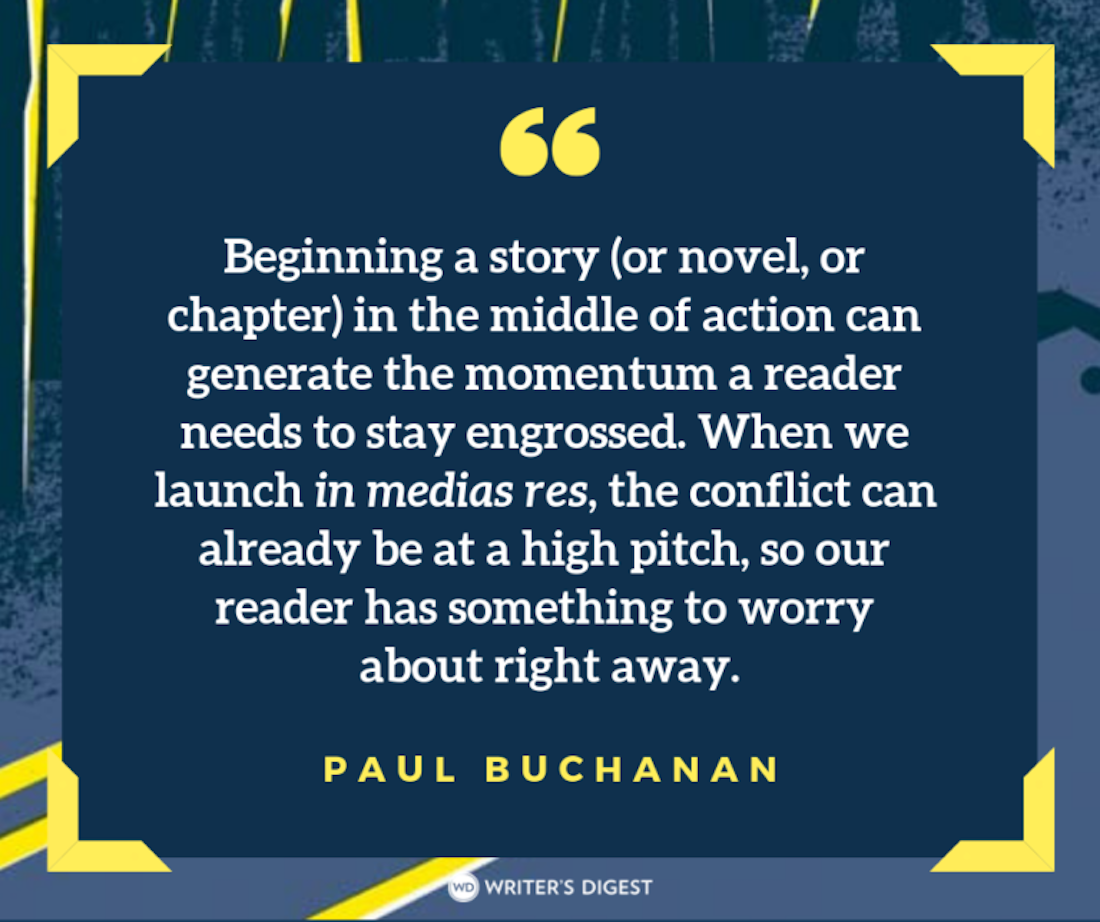Making It Last
Photographs and playbills, flowers from your first love?it’s the stuff your journal is made of. So how do you preserve it?
If you read my previous column (Personal Journaling, Winter 1999) you already know the importance of selecting high-quality, acid-free pages upon which to record your thoughts. And you no doubt have your trusty pH neutral pen in hand as you write. If you journal on a computer, you know how important it is to use archival-quality ink cartridges when you print your words for posterity. (And since floppy disks are going the way of vinyl records, you may want to print those pages sooner rather than later!)
But what about saving photographs and theater playbills? Flowers from your first love? The various important papers you've collected throughout your life such as high school and college diplomas, your first speeding ticket, or the first picture your child ever drew?
We all have memorabilia that marks important moments of our lives, and sometimes merely writing about it isn't enough. Alongside our words, we want to preserve the actual objects as tangible bits of memory. So how do you go about it?
To put things into the pages of your journal, no matter what the paper, photo, flower or picture, it's best to protect it (and your journal pages) by inserting it into plastic sleeves free of acids, peroxides or sulfur. Look for uncoated polyester, polypropylene or polyethylene. These can be found in most photo and art supply stores, and through various archival materials dealers. (Use a search engine on the Web with the keywords "archival materials" and you're sure to find many suppliers.)
Photographs
For photographs, you could also use unbuffered paper sleeves (many archival paper sleeves are buffered, so read the package carefully). The problem with paper sleeves, of course, is that while the photos may be well-protected, they're rather hard to view. And every time you take the photo out of its protective sleeve, you're inviting environmental and manual damage, so you may want to stick with clear plastic.
You could also mount photos directly onto your journal pages using archival photo corners, but you run greater risk of damage to the picture. (If you're like me, you have thousands of negatives for just such an event, but have no idea how to find the one you need when you want a reprint!) Whatever you do, don't use pressure sensitive tape. It eventually turns yellow, loses its stickiness and makes a mess of your pages and the photograph. If you must use sticky stuff, choose a water-soluble glue stick.
Perhaps the best way to save your snapshots is to scan them into a computer and then print them on good paper using the aforementioned archival printer ink. That way, the image is preserved alongside your words, and you can store the photograph itself in a cool, dark, dry, well-ventilated area. Computers are also great for restoring all the old family photographs lurking around your home. Although programs such as Photoshop usually require a professional's touch, it's amazing what can be accomplished for a relatively low cost. If you need this type of service, check your local yellow pages under "Photo Retouching" or "Photo Preservation" or type the same in on a Web search engine.
Postcards
Attach postcards in the same way you would photographs, but remember that the writer may not have used archival-quality ink, so you really should sleeve it first.
Flowers and organic materials
It's not a good idea to introduce things such as pressed flowers into your journal pages, since the chemicals could eventually wreak havoc on the paper. But sometimes, you just can't help yourself. It's tempting to just shove the flowers between the pages. Don't. Slide them into a sleeve first. You can use a sealable sandwich baggie in a pinch (but consider transferring the material into an archival quality bag later.
Newspaper clippings
Newsprint is one of the most ephemeral papers in existence. It can turn yellow overnight, dry up and crumble in a matter a few years, leaving your memories, quite literally, in the dust. If you want to save clippings, consider photocopying them onto high quality paper for posterity. (And don't forget to identify the clipping's origin, with date, source, names and places!) You can save actual clippings, but it really requires a controlled environment and the services of a professional conservator.
Paper certificates and artwork on paper
Here's a general rule: If it's extremely important, don't put it in your journal. If you must, use the ubiquitous plastic sleeve. Important papers should be touched as infrequently as possible, kept from the light, and stored in cool, dry areas. This is hard to do with a journal, so consider matting and framing important papers instead, using 100% ragboard or lignin-free, alkaline-buffered matboard. Attach it with a non-staining, reversible adhesive (homemade starch paste is the choice of conservators; a recipe follows), then, frame the paper using UV-filtered plate of glass. Be forewarned—it's not cheap. But if it's worth saving, then it's worth saving properly. If this option isn't realistic, store the papers flat, and don't handle them often.
Microwave Wheat Paste recipe
University Products (an archival materials supplier at www.universityproducts.com), publishes this quick, easy paste recipe in its catalogue. It's ideal for small quantities. If necessary, strain the paste prior to use.
Place 1 tablespoon of wheat starch in a microwave-safe container, add 5 tablespoons of distilled water, stir and place the mixture in a microwave oven. The oven must be very clean. Microwave on a high setting 20 to 30 seconds, remove the paste, and stir. Repeat this process several times until the paste is stiff and translucent. Paste should cool before it is used.
This article appeared in the August 2000 issue of Personal Journaling.
Megan Fitzpatrick is an English instructor, advertising copywriter and inveterate journal-keeper whose earliest specimen is almost as old as she is (and in equally poor condition).









